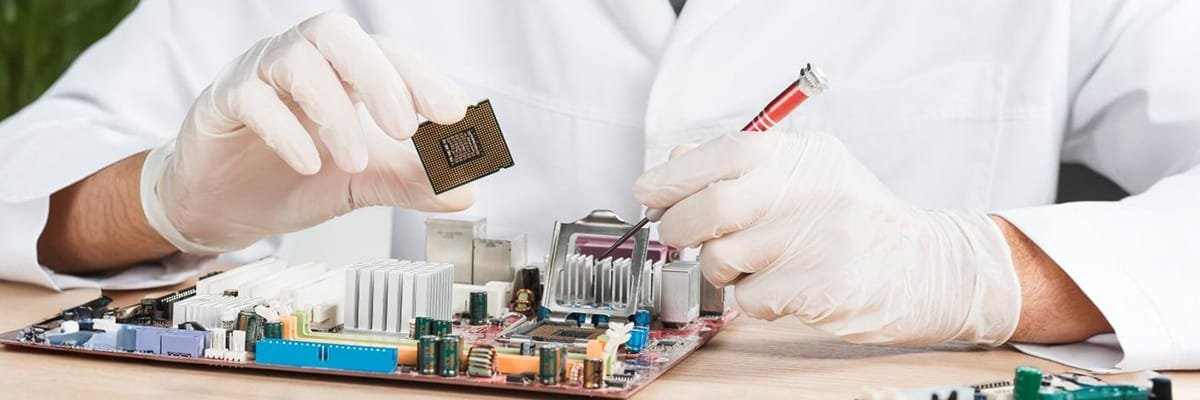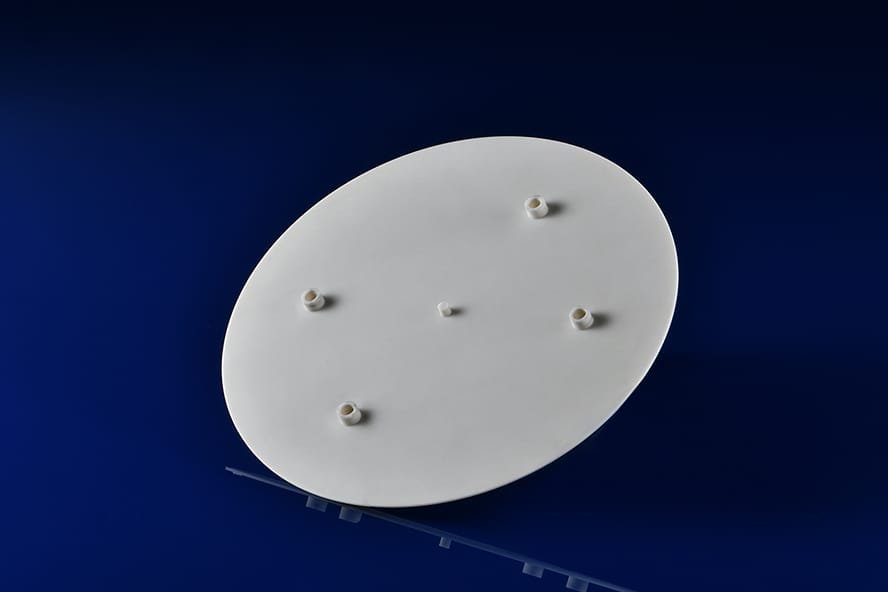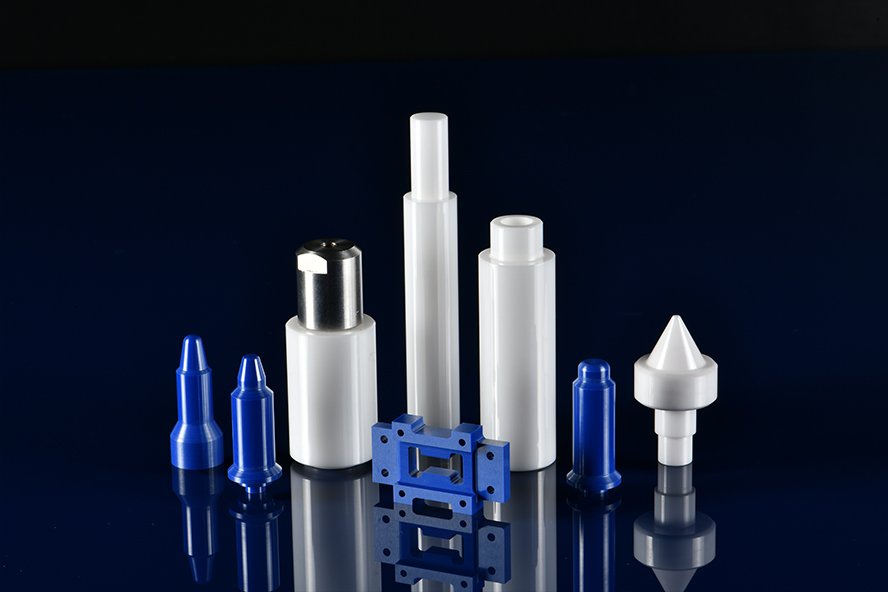Advanced Ceramics in Semiconductors
Overview
Advanced ceramics play an important role in the semiconductor field and are widely used in production and manufacturing processes. These ceramic materials meet the semiconductor industry’s needs for high purity, high performance and high reliability due to their unique properties. The following are the main applications and advantages
Application scenarios
- Electrostatic chuck (ESC): used to fix silicon wafers to ensure high-precision processing.
- Insulation components: provide electrical insulation for plasma etching and chemical vapor deposition (CVD) equipment.
- Mechanical components: provide high hardness and wear resistance, such as guides and brackets.
- Ceramic components are used for CMP polishing pads and support rings to ensure chemical and mechanical stability.
- Pallets and carriers: durable under high temperatures and chemical corrosion, ideal for semiconductor wafer annealing and diffusion.
- Ceramic substrates (aluminum nitride, aluminum oxide): ideal for power semiconductor packaging, offering high thermal conductivity and insulation.

Advanced Ceramics
Advantages
Advanced ceramics are essential to ensure the reliability, efficiency and performance of critical components
High Purity
Reduced contamination in ultra-clean environments.
Thermal Stability
Operate efficiently under high temperatures
Electrical Properties
Excellent insulation or controlled conductivity depending on the material.
Chemical Resistance
Withstand aggressive chemicals used in semiconductor processes.
Wear Resistance
Extend the lifespan of components under abrasive conditions.
Future Directions
Advanced ceramic materials will continue to evolve as semiconductor technology evolves to higher precision and smaller feature sizes
- Improve material purity and reduce particles and contaminants.
- Develop new ceramics with higher thermal conductivity and low dielectric constants.
- Realization of precision machining technologies for complex ceramic components.
Materials Commonly Used

Features: It can be used as a substitute for beryllium oxide, does not produce toxic gases that harm health, and has a thermal expansion coefficient similar to that of silicon, making it suitable for high-temperature applications.

Features: Excellent mechanical properties, thermal conductivity and high temperature stability. Its purity ranges from 90% to 99.8%. The higher purity version is widely used in the semiconductor industry.

Features: Known for its excellent hardness and toughness, it is often used in key components such as nozzles and sealing components in high-precision semiconductor processing equipment.

Features: Materials with both electrical insulation and high thermal conductivity provide reliable components in areas requiring durability and precision
Frequently Asked Questions
Why are advanced ceramics widely used in the semiconductor industry?
What are the typical applications of aluminum nitride (AlN) ceramics in semiconductors?
Aluminum nitride ceramics are widely used in chip carriers, heat dissipation substrates and thermal management components due to their high thermal conductivity and insulation properties. They can effectively reduce heat loss and improve equipment performance and service life.
Which advanced ceramic materials are suitable for applications in corrosive environments?
How to evaluate the performance of ceramic materials in high-precision equipment?
The following indicators are usually included in the evaluation of ceramic material performance:
Coefficient of thermal expansion: determines the dimensional stability of the material under temperature changes.
Mechanical strength: ensures reliability under high load conditions.
Surface flatness and roughness: critical for lithography systems and wafer handling equipment.
Purity and microstructure: affect particle contamination and service life.
